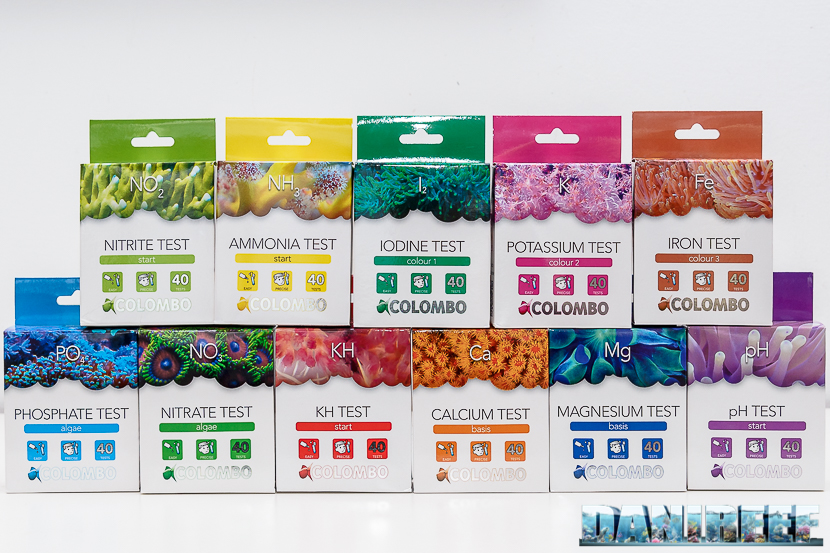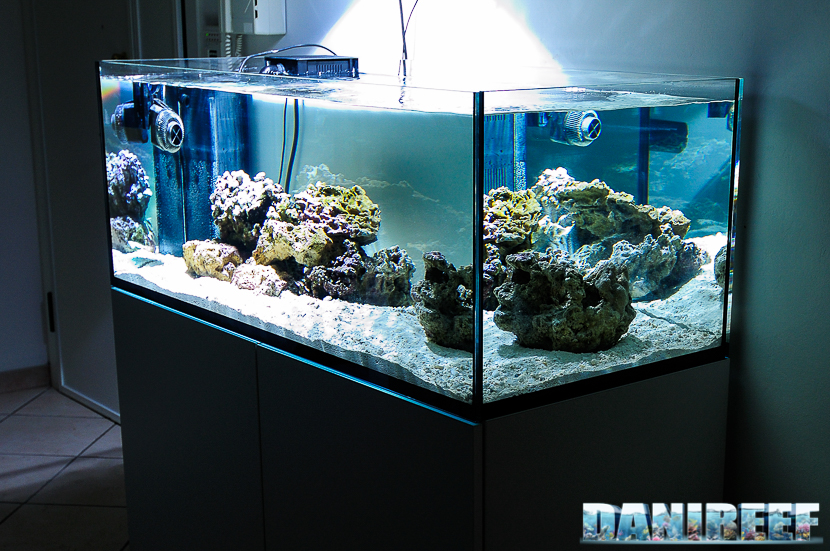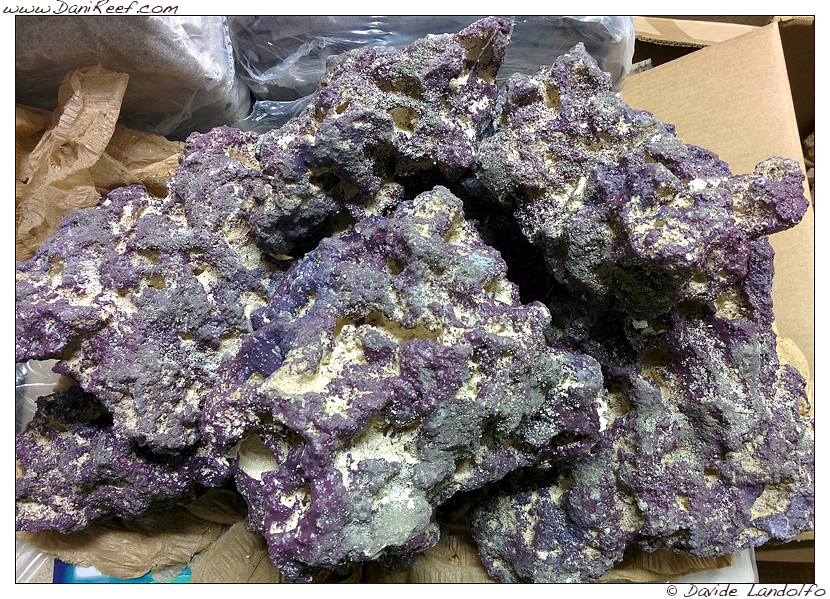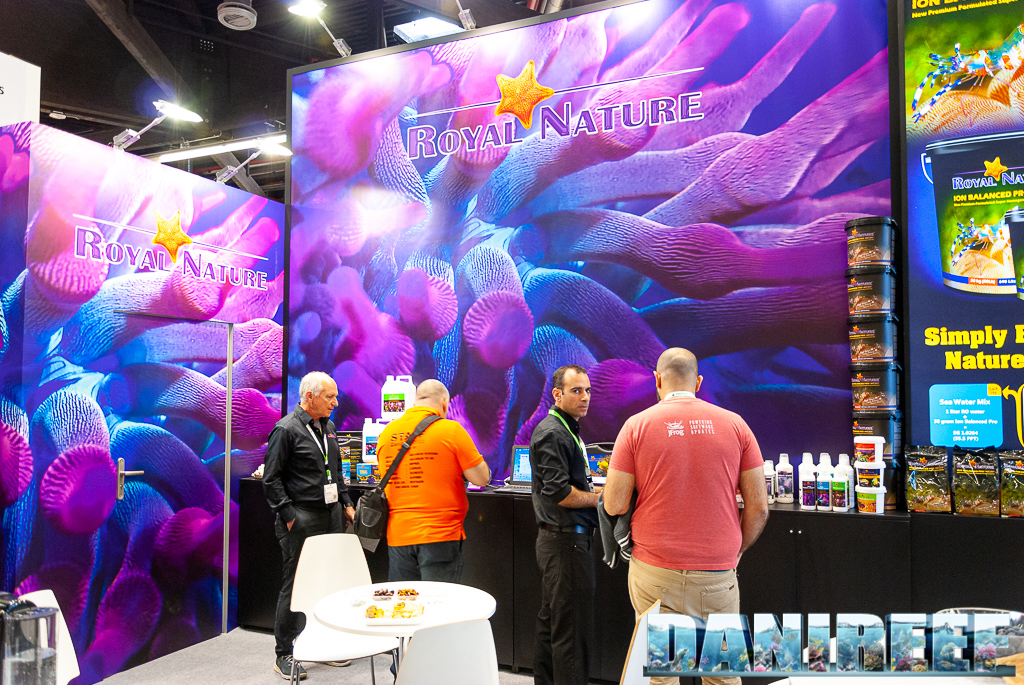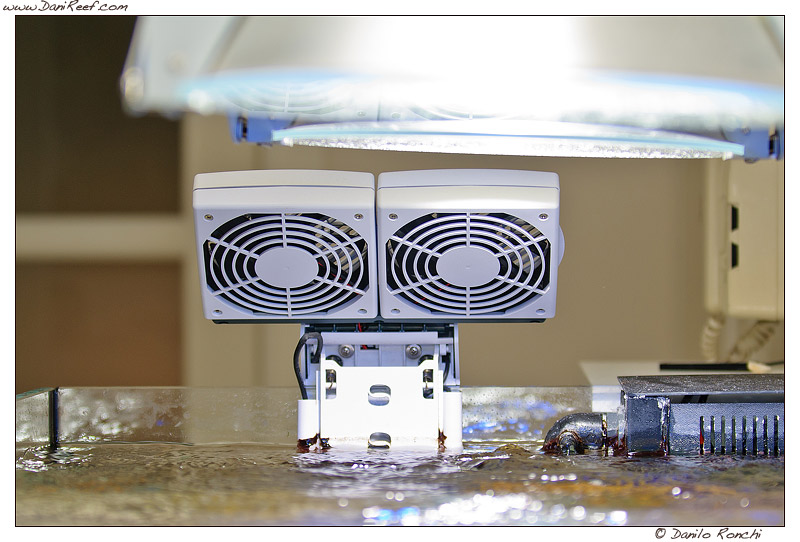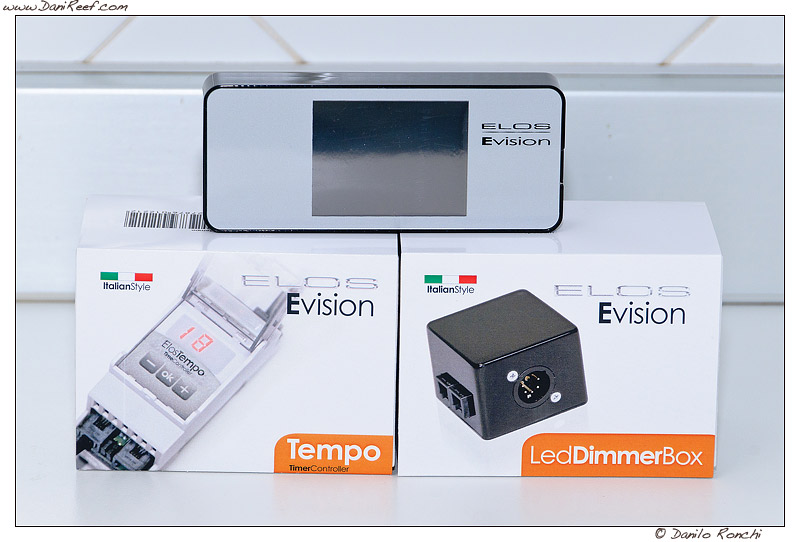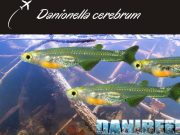Rocks and bacterial colonies
At this point the objective is to let the bacterial colonies on the rocks grow, which will guarantee the nitrification and the denitrification.
For this reason you need the test for the ammonium, nitrites and nitrates and a nutritive complex based on ammonium.
You start with dosing the ammonium in case there is no ammonia or present not over 1ppm/liter. Control the ammonia everyday waiting until it decrease to zero.
At this point the nitrificated bacteria will convert the ammonia and it will be possibile to notice nitrates. If you want to obtain a stable and massive colony, able to oxidize the nitrites in nitrates, keep dosing the ammonium until a maximum of 1,5 ppm per liter. Continue until the nitrites disappear and you register an increase of nitrates. These ones need more time to be reduced. Try to maintain the same nitrates range between 5 and 10 mg per liter in the tanks.
Now the rocks are ready to be used in new systems, or to be insert in already living systems.
Insertion of living rocks is aquarium
In case of rocks insertion in aquariums you should guarantee an immediate food source to them in order not to lose the bacterial colonies. That’s why you have to feed the tank immediately, maybe inserting also a couple of little fish.
In the started tanks the food is already present so that’s no problem.
In case the rocks remain in the breeding/livestocking for a long time you need to dose the food to keep in efficiency the bacterial colonies.
Alternatives
What we have described may not be the best breeding system in the world. It requires a lot of effort from the seller and the importer. But it guarantees an insertion of live rocks ready to perform their functions.
The difference observed using this system rather to the rainy livestocking or dry systems, is that in this way there’s much more biodiversity, even if it can be observed in longer times due to the oxidation of the nitrifying agents.
Moreover, all the hosts, even the undesiderable ones, in rainy livestockings or dry systems, tend to hide much deeper into the rocks, while in insertion systems it’s probable that they move, and then they can end up in the mud and so removed.
Half-dry or rainy systems are excellent if you search for a fast breeding. Insertion systems instead are better for the maintaining of the rocks for longer periods and guarantee a stable and active rock.
This breeding system can also be done with synthetic or dead rocks with a little part of live rocks. In this way you avoid to insert a lot of live rocks, but anyway manage to guarantee a nucleus of them.
Our comment
A procedure like that requires time and dedication. Today the major part of the aquarists isn’t attracted by this perspective. The risk is to buy rocks imballed even months before, or rocks that have lost a great part of their bacteria. You can sure save more money, it’s true, in some cases you can even spend the 40% less. But is it a good choice, in the end?
The last word to you.


